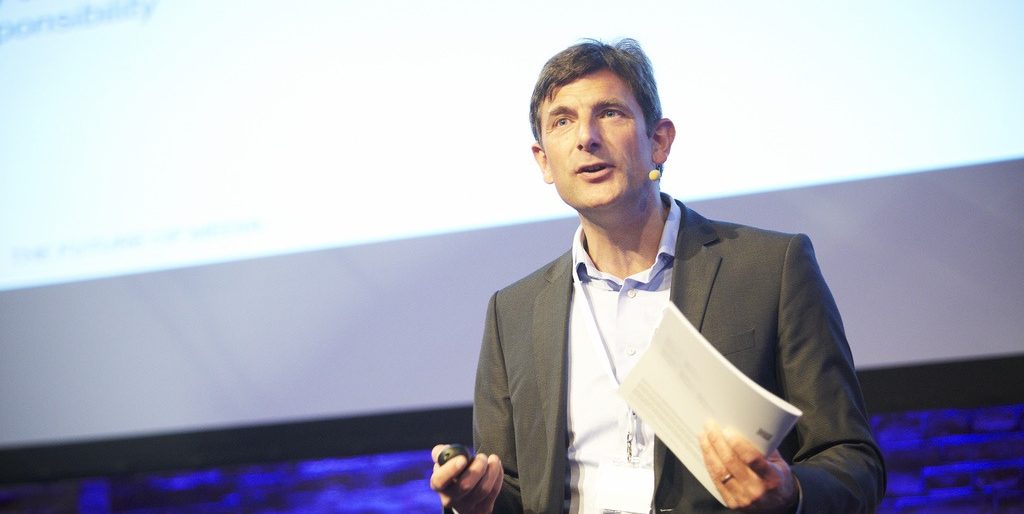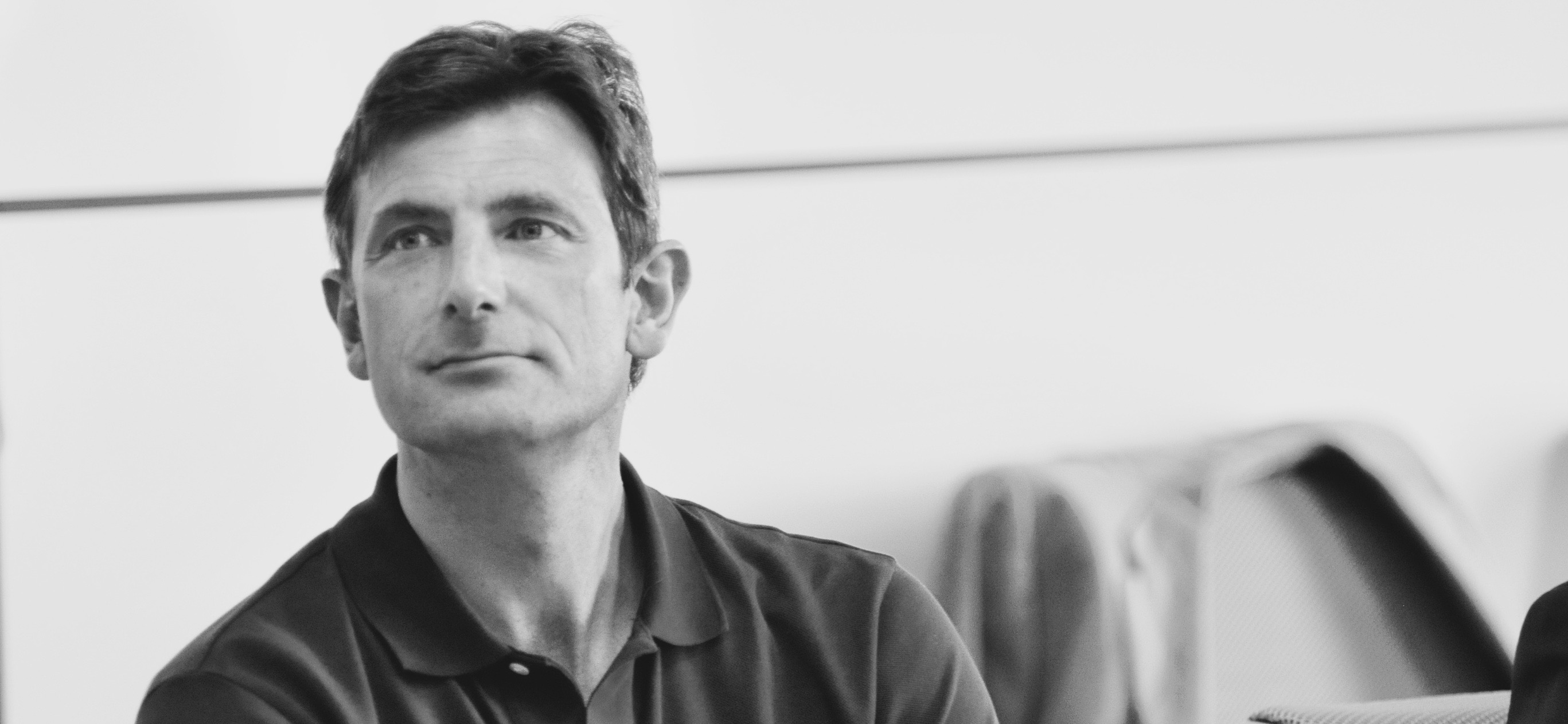On 28 November 2013, Deloitte announced the EMEA Deloitte Technology Fast500 winners in London. The technology industry is renowned for its innovation and disruptive business models. Over the past years highly succesful tech exits and IPO’s became trending topics. I mention the recent IPO of twitter and the recently announced acquisition of the Israeli start-up PrimeSense (Fast50 Rising Star in 2011) by Apple.
This article is a summary of my presentation during the Deloitte EMEA Fast500 award ceremony in London in November 2013. During the presentation, I shares three initial M&A observations of the Fast50 companies over the period 2008-2012. The observations are based on Deloitte research of the Fast50 programs in Continental Europe, Israel and Canada.
Observation 1 – Technology has become a very M&A active industry
In Q1 2013, the TMT (Technology, Media & Telecommunications) share of all transactions globally reached a stunning percentage 20%. Within the TMT industry, 2/3 of the deal volume is technology and internet. Not surprisingly, the US is leading with a TMT share of almost 25%, meaning that 1 of every 4 transactions in the US is within the TMT industry. In Europe the TMT share is 17%. Yet, in 2012, MergerMarket recorded 900 TMT deals in Europe versus 1000 TMT deals in the US. To illustrate the M&A activity of Fast50 companies: in the Benelux, roughly a third of all Fast50 companies have involved in an M&A or fund raising event over a period of 5 years.
Continuous innovation, internet platforms and connectivity result in shorter product life cycles. More than ever, TMT companies need to consciously and constantly ride the path from innovation to scalability to efficiency. The window of opportunity is short. Not surprisingly, we see a variety of M&A strategies within the TMT industry, but also within companies. This makes TMT industry unique from an M&A perspective
Large corporations in the TMT industry pursue three types of M&A strategiessimultaneously:
- International consolidation, currently taking place in Telco and Media and driven by scale and (network) synergies.
- Cross industry acquisitions of innovative and fast growing Technology players, e.g. Technology Fast50 winners.
- The rebirth of Corporate Venturing. Corporate Venturing used to be in the late nineties a popular approach to build ‘options’ through investments in innovative start-ups. These days corporate venturing is much more focused on developing adjacent business areas or applications.
Observation 2 – ‘Buy & build’ is the dominant M&A strategy in Europe
As for the large TMT corporations, Deloitte research indicates the same variety of M&A strategies among the Fast50 companies in Continental Europe, Israel and Cananda. Clearly, venture capital is important with a share of 33% of all Fast50 transactions. Yet, exits only represent 10% the transactions and quite surprisingly, buy & build is the largest M&A strategy with a share of 39%. This means that Fast50 companies start doing ‘smart’ acquisitions early in its career often financed through relatively small rounds of venture capital.
The data shows a new perspective on venturing in Continental Europe. Fast50 companies actively pursue ‘smart’ acquisitions to realize growth and to develop new competencies. Building companies to last is the mantra. My experience with Fast50 entrepreneurs is that an exit is not the primary objective unless the business opportunity requires so. The Continental European model clearly differs from the ‘blockbuster’ venture capital model renowned for Silicon Valley and Israel.
Observation 3 – M&A strategies vary significantly per country. This reflects the different nature of the technology ecosystems in Continental Europe
In the Deloitte research, we have noticed significant differences in M&A strategies for Fast50 companies per country. In the Netherlands, with Amsterdam as the hub for internet & cloud start-ups and Eindhoven, Delft and Enschede focussed on technology and nano technology, all transaction types such as venture capital, growth capital, buy & build, MBO and exit are more or less evenly spread. In the CEE countries 50% of all Fast50 transactions are buy & build. The second largest category in the CEE countries is growth capital. Growth capital and buy & build strategies often go hand in hand. In Turkey buy & build accounts for 75% and Portugal leads with 82%.
The outliers are France and Israel. 2/3 of all Fast50 transactions in France were exits. In Israel 93% of all Fast50 transactions were venture capital. Clearly, the venture ecosystem in Israel shares the most characteristics with the Silicon Valley blockbuster start-up model.





